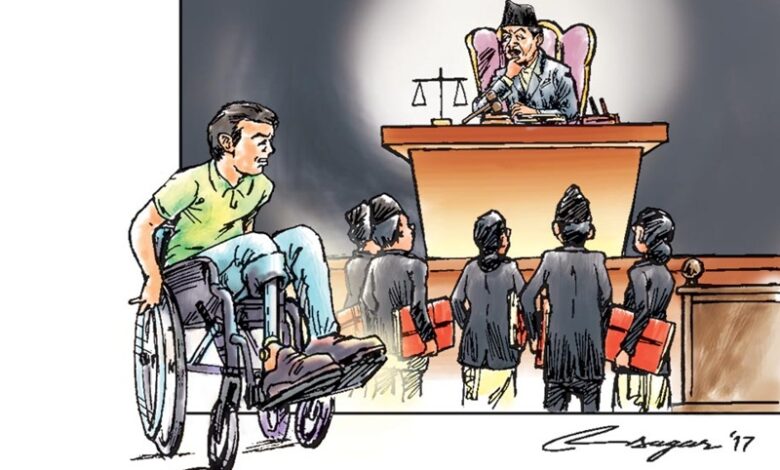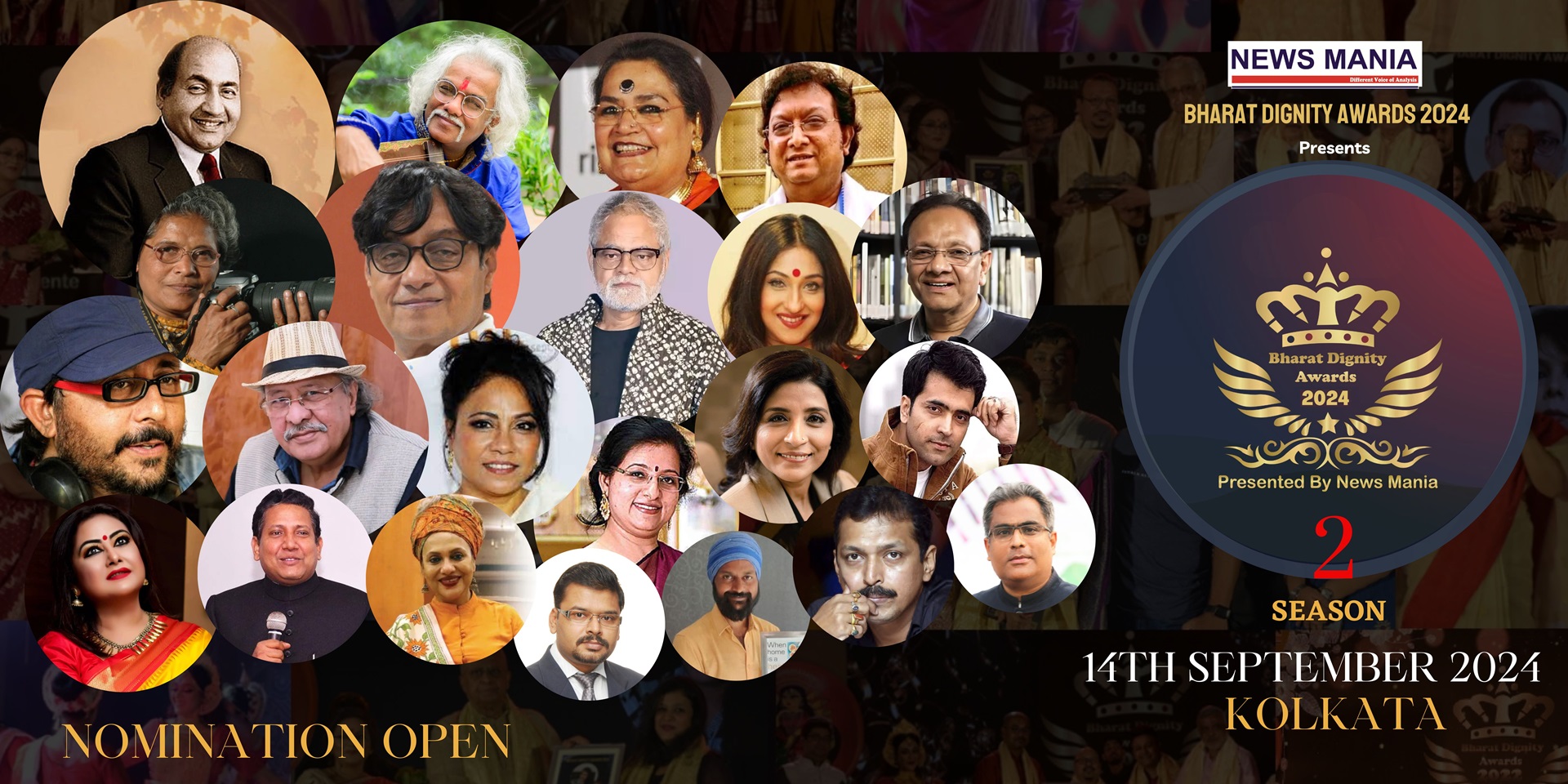Where do Persons with disabilities stand in the justice system ?
News Mania Desk / Piyal Chatterjee/ 18th April 2025

India, a varied collection of marginalized groups, poses a multifaceted challenge to inclusion. From caste groups to women, Dalits, minorities, transgender people, and individuals with disabilities, the call for representation in the justice system is always evident. The goal of affirmative action is to tackle historical and structural disparities encountered by marginalized communities. The objective is to bridge the gap in representation of persistently underrepresented communities across all areas—tasking governments and public authorities with taking the initiative.
Over the years, there has been some advancement, especially for women and caste communities. The percentage of women in the police force has increased across all states and Union Territories (UTs), with five states demonstrating a favorable trend. aiming for a 33 percent representation.
The ratio of female judges in lower courts has enhanced in almost every state, while their involvement in legal aid organizations as panel attorneys and paralegals .The group of volunteers continues to grow. Moreover, caste-based representation established via quotas has made certain that Scheduled Castes, Tribes, and OBCs are represented in the justice system.
Leadership roles continue to be difficult to attain. A specific group remains mostly unnoticed within the justice system—individuals with disabilities. The almost The decade-old Rights of Persons with Disabilities Act (RPwD) from 2016 enforces a 4 percent quota. Although India’s legal system recognizes the rights of individuals with disabilities, persistent inaction has resulted in their ongoing marginalization.
The presence of individuals with disabilities in the police, judiciary, and prison systems is minimal, frequently overlooked in hiring practices or their execution. This results in them being both underrepresented in their professions and underserved as justice users. Genuine diversity in the justice system necessitates going past symbolic representation. Although progress has been achieved for women and caste-related issues Inclusion, gaps in leadership continue, and the representation of disability is still treated as an afterthought.






